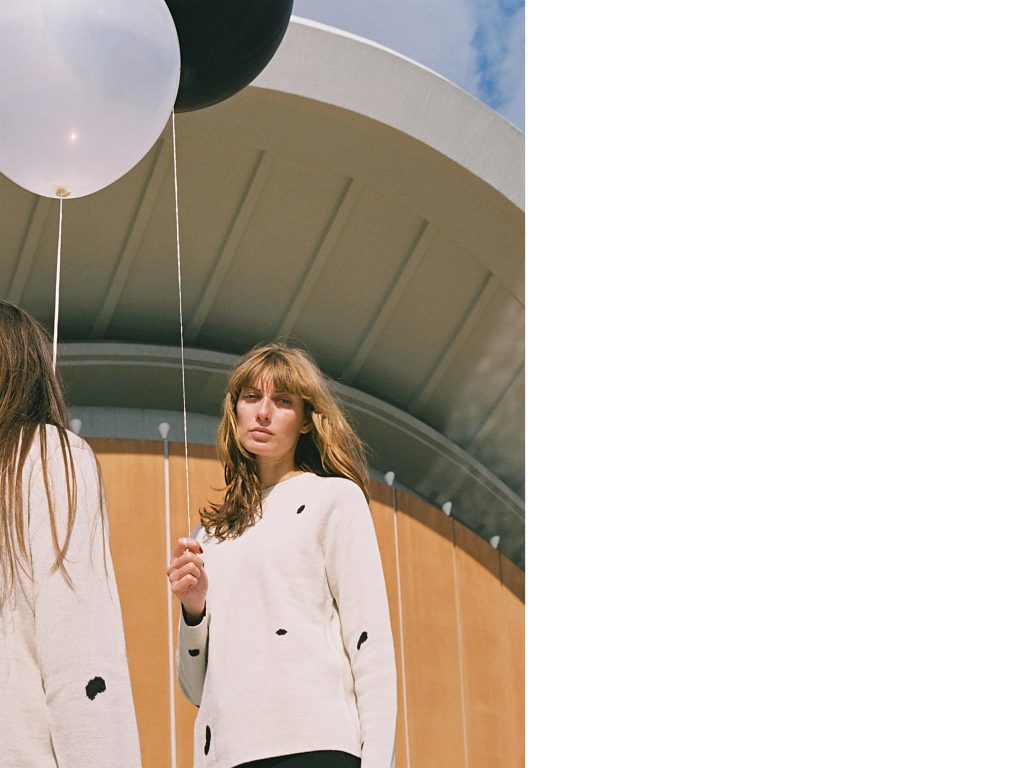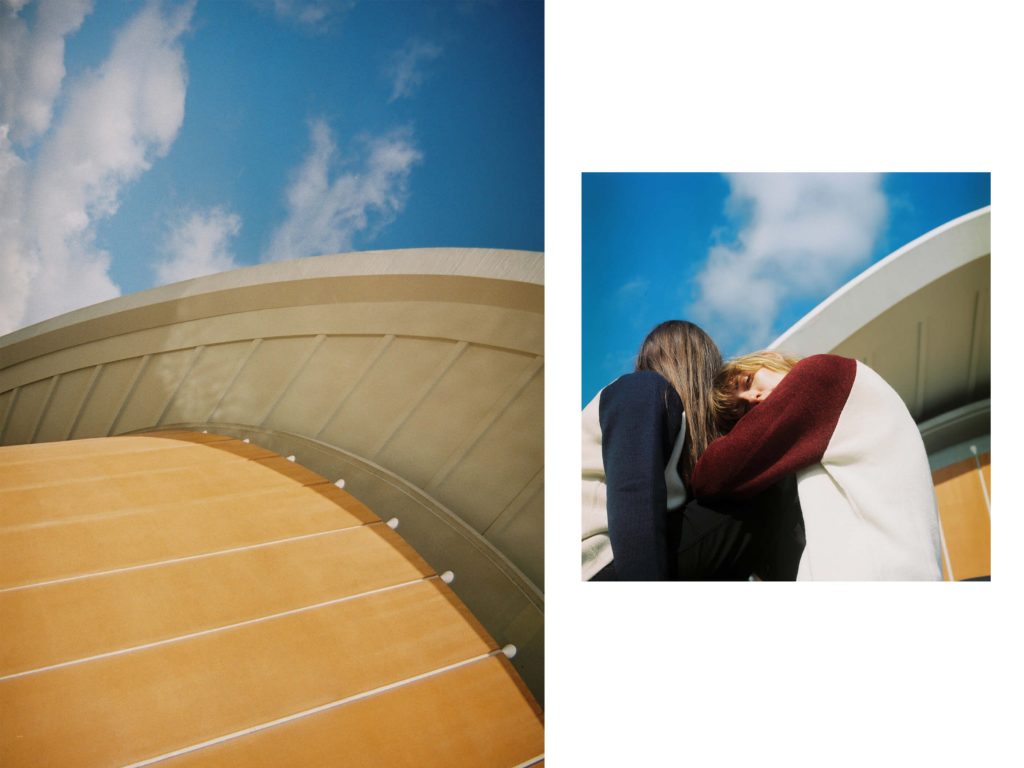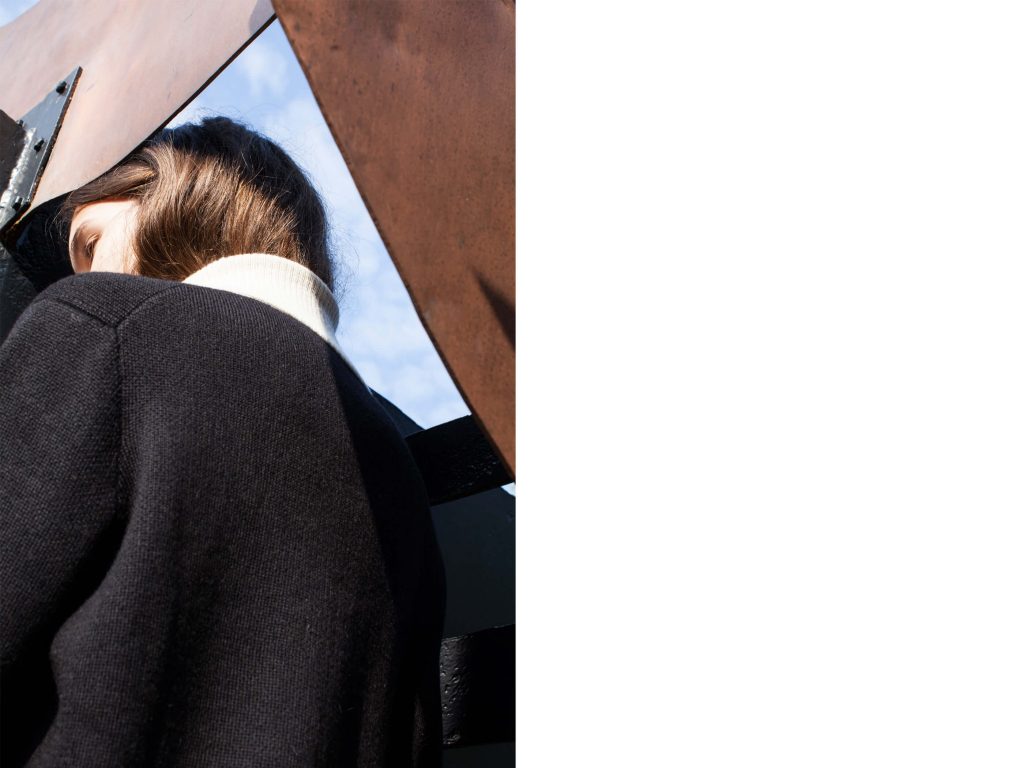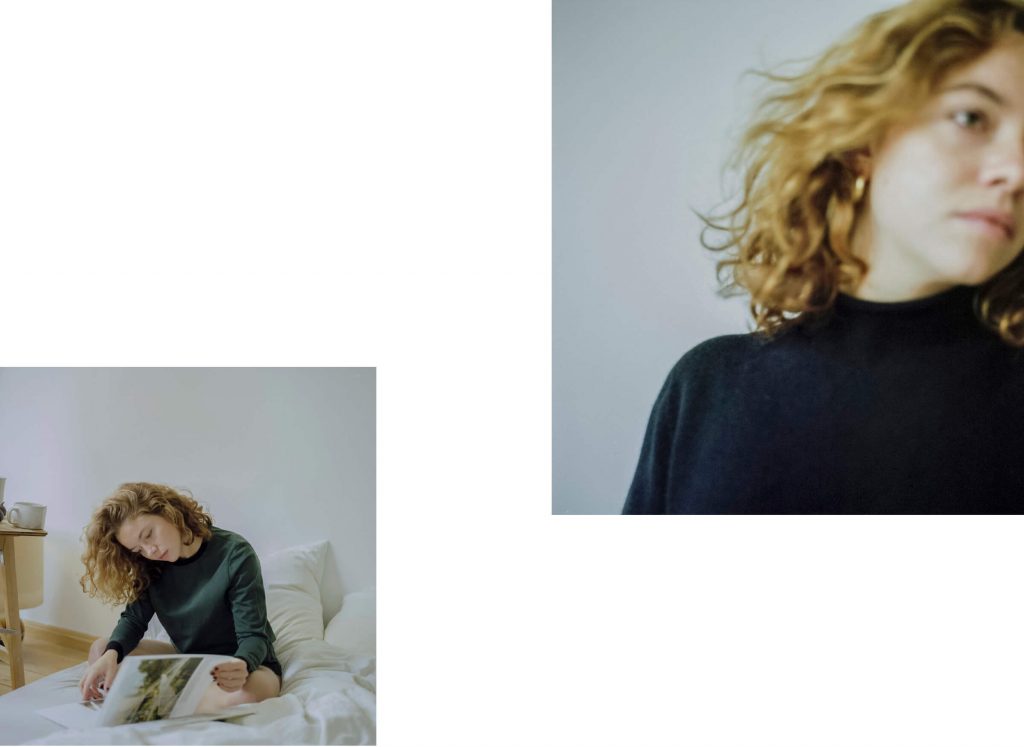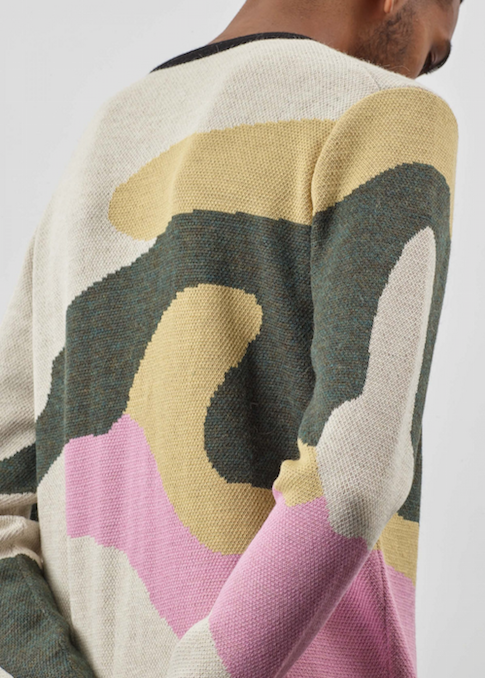R.EH: The Art of Tailoring
Eliza from Berlin based R.EH has an unwavering enthusiasm for quality craftsmanship and the art of tailoring. Her frustration after her studies in fashion design, that didn’t teach her anything about real processes of making led her to start R.EH. This allowed her to study pattern cutting and materials in depth, before settling on a heritage factory in Peru. Visiting Bolivia and Peru allowed her to get to know the local culture and appreciation for crafts, as well as find the best makers out there, that focus on getting the best product out there. Treasuring our garments for longer is important to Eliza, which is a philosophy she showcases through seasonless collections that are always available. Read on about Peru’s dedication to craft, and R.EH’s dedication and journey to sustainability.
You produce with the mill in Peru, where do you source the raw materials from?
Usually when you get in touch with a manufacturing company, they already have their yarn. Cos I’m producing knitwear, usually they have the mills that deliver the wool. Basically they were recommending that yarn mill, because they were the first ones in Peru, who kind of refined the way to produce alpaca yarn. They also support other projects within Peru, like schools for children who are from a poor family background. I thought that yarn agency would be ideal to work with. Producing with a manufacturing company, they are like a small family business and they primarily work with women. Both in the same place called Arequipa in Peru.
How did you find them?
I was travelling through Peru for three months, in 2010. One of my friends, he got married to a woman in Peru and they were in the past producing knitwear and also shirts in Peru. I got in touch with him for like if he has any recommendations of manufacturers in Peru and that’s how I got in touch with them. Also with my friends, he and his wife they built a non profit organisation, where they’re funding a school in the Peruvian Andes. The whole, this kind of like creating a circle. I’m producing in Peru and it’s kind of, that’s kind of how it all evolved.
You’re supporting the local economy. You only make knitwear now, do you know what kind of machinery is used to make it? What are the different techniques used to produce the collection?
I decided to produce knitwear first, because sweaters or cardigans are one the items I wear the most, even in summer, throughout the year. That’s why the first edition is knitwear. I wanted to have a collection that is kind of mixing classic and also something more interesting with patterns. So I was then looking for manufacturing companies that has different knitting machines, that knit jacquard and also double jersey and also a thickness that is quite heavy and not too thin. I think if wool is too thin it’s more likely to break at some point. Actually I had to change manufacturer company twice, because the manufacturer didn’t have the machines that I was looking for. I ended up looking for like over two years, finding the right manufacturer that I wanted to work with. The coloured ones, or the patterned ones are made with jacquard knitting machines, and I have sweaters that are more stretchy and they’re made of double jersey.
What’s the importance of craftsmanship and keeping up artisanal techniques to you? What does it mean to you?
Actually that’s the reason why I started studying fashion design. Why even during my studies I ended being really frustrated with fashion and the industry. It started with the fashion studies where you don’t get taught any real craftsmanship or any real knowledge about how to really tailor, how to really pattern cut, or what really valuable textiles are. Actually I studied couture but what they actually try to teach you is like… I don’t know, does not have that much depth to it, and I was missing that, and that’s why I ended up doing a lot of internships, to find out about all this. For instance one internship was in New York at a manufacturing company called Rocco Ciccarelli, he’s like a master tailor who makes all the suits for all the presidents in America. And it’s italian suits, it was amazing to see how they make everything. They were all surprised that I’m interested in learning about this, and I had the feeling they think I’m a bit silly for coming there and doing this for free. So it was quite interesting to see their reaction and they liked it at the end that I had an interest for that. I went travelling, that was all on one trip in America, I went travelling to Peru and Bolivia, and I really liked that Peru, Bolivia, the people are really interested in craft from weaving to pottery to carpentry to jewellery and I was really surprised at how much attention they give to artisanal work. There’s even one house where they combine everything, it’s like a store, it was really modern in Lima, and there were artworks, there was clothing, there was jewellery and it was all in one house and I really liked that interdisciplinary concept of it. All the designers there who do crafts, they were open to place it next to each other, cos usually here it’s all seen as a separate art form, or separate creative outlet. That was what I liked about Peru and where kind of this excitement about Peru started where I thought I really wanna work together with Peru craftsmen. Then I fell in love with Alpaca, the yarn. Also what I liked about Peru and Bolivia and why I wanted to support them, was that they’re not interested in anything that’s too popular. They don’t have cafes, they don’t have fashion stores, Bolivia was the first country where McDonald’s wasn’t successful and went bankrupt. All these aspects, I felt like I can really connect to them or that energy and pace and that different focus that we have here in the western world. That’s where I thought that this is a good country to support or to give something back, maybe through design because that’s what I studied. There, all the stuff you can get is just not that nice, they have patterns from the 70s, really old fashioned styles, and I thought they just need someone who’s giving them some advice on how to make it a bit more modern or more accessible also for Europeans.
It started with the fashion studies where you don’t get taught any real craftsmanship
I don’t know if you know about this brand, it’s called Luna Del Pinal, I interviewed one of them and they produce in Guatemala and they were saying the same thing that people are incredibly skilled but nothing’s changed because they don’t get the influences and all the new trends. They saw themselves as people who bring new patterns and new ways of making.
I also had an encounter, a problem there with the unisex sizes, cos otherwise with fits of menswear and womenswear you end up having much more quantities, and I wanted to reduce the quantities at the beginning. I thought unisex would be perfect, but to communicate that I wanted to have unisex sizing and even sending them my own sizing patterns and how it should be. After like two sample collections they still kept asking me, ‘Eliza, is it for men or is it for women’, and I kept repeating, no it’s unisex, it should fit both and that’s why you have to follow my size guide. It’s just when something is so obvious to some people but they still couldn’t figure it out that it’s a different way and they’d never heard of it. Even when I was there, there’s one funny story I bought a mailhat, some bolero hat. In Bolivia all the women wear the smaller hat, and I bought a hat that is for men and I was walking around in Bolivia with this men’s hat and everyone looked at me like I’m crazy, like why is she wearing a men’s hat. They really have separate things, they’re quite strict. Maybe it’s good that people go in there and kind of shake them up a little, to kind of advance what they have you know. Which is the skills or creating real good quality.
How many people are working on your collections?
It’s mainly just myself, but from next year one more friend of mine is joining me in accessories and we’re thinking about actually making my online shop how it is now bigger. Not maybe below my name but below a bigger concept, where different designers, not just clothing or fashion designers but also product designers can display their products. The idea would be to even share a studio space, and be like a cooperation, where everyone is doing their own project independently but you share the same studio space, or maybe a showroom. Then we go to trade shows together, with this we reduce the cost of maintaining the online shop or maintaining a studio space. It would be like a cooperation and I think that working concept I’ve never seen it really before but it’s something I believe and where I see myself. For now, I have a friend who is helping me with marketing sometimes but it’s just a small brand. I’ve completely funded this myself without any bank credit, I’m juggling between freelance work and design stuff. It’s a combination of different things.
Where does the name come from?
Well, my initials are E and H and my all time favourite letter has been the letter R and also I like the beginning of RE cause it’s like reinventing, redoing, recycling, revolution. I like this beginning cos it introduces something that has to be renewed or an idea or a concept that should be looked at differently. It needs to morph into something new, and I think that’s what I’m trying to do with my label where I’m not trying to work as a fashion designer creating seasonal fashion collections, but more changing the status quo of usual fashion brands. And focusing on editions that are always available and that are treated with more respect and like each piece should be important for a long time. It doesn’t age like food or anything. The only thing I want to change is to produce a bag or introduce a different colour, or different pattern or make editions, like trouser edition or dress edition, or raincoat edition. To add on more classics so that the whole range becomes bigger, but it should always be available and I think that’s more sustainable. Also focus on sustainable fibres and ethical ways of producing. I think that makes much more sense to me.
In Peru the people are really interested in craft and I was really surprised at how much attention they give to artisanal work


